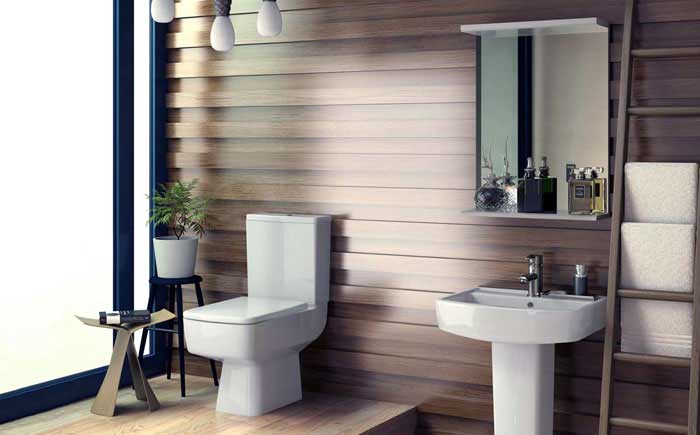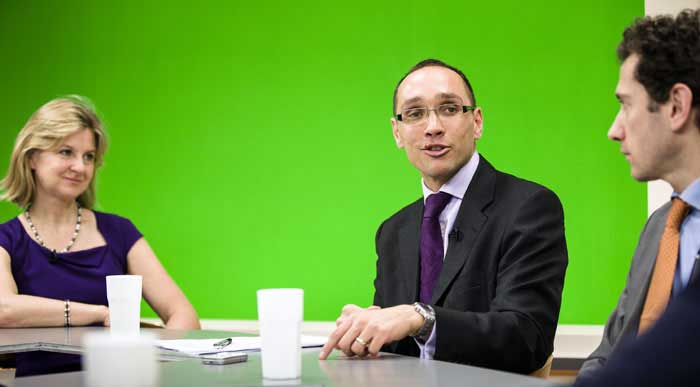There's that old saying “you gotta go when you gotta go”, but just how much is your bathroom break actually costing your company?
The average size of a bathroom is 40 square feet. The average rent of an office is $23.23 per a square meter every month. The average time spent on the toilet, as a mean between men and women, is 95 minutes a week, which comes to 13.57 minutes a day and roughly 4.5 minutes during your eight hour shift. There are 43800 minutes in a month, which means that one square foot costs $0.00053 every minute, and 40 square feet cost $0.02121 every minute. This figure multiplied by 4.5 minutes is $0.09546.
During those 4.5 minutes on the toilet, your wages are still being paid for you to be essentially idle. The average American is paid $24.57 every hour, which equates to $196.56 for an eight hour day, and $0.4095 every minute. Your time in wages, on average on the toilet during company time is $1.84275 every day.
The average price of water is $1.50 for every 1000 gallons. The average amount of water used to flush the toilet is 1.6 gallons, which means that each flush costs $0.0024. Then of course we still have to clean up, and let's just say a roll of paper costs a reasonable $0.25 which consists of 500 sheets, 8.6 of which are used on average every trip to the bathroom, the price of this will be $0.0172.
If we add all of those figures together, we come to $1.95781, or $1.96 when rounded to the nearest cent, and this doesn't include factors like the water and soap used to wash your hands, the time spent walking between your desk and the computer, the cost of lighting the bathroom, the cost of maintenance and cleaning, the cost of heating, the cost of wear and tear on the office carpet, the cost of running your computer while you're not using it and most importantly the share of the 6.5% annual profit margin which you will not be making whilst you are taking a bathroom break.
The amount of money that a company spends on its employees being idle racks up very quickly when you begin to consider every element that a company spends simply on existing. It is absolutely essential that a company does their best to eliminate time wasting in order to be successful. Going to the toilet is an essential part of our day, being mammals we simply cannot live without it, but what about time on social networks, or time socialising at the water cooler, or the time waiting on hold for a conference call, or the time waiting for your computer to power up in the morning? Are there any ways that you can cut out unnecessary elements in your time to save your company money? And if not, is there anything else you can do while your computer is loading up? Are there emails you can be answering while you are waiting for a conference call to start?
Time is money, and time is the most valuable resource that we have. Make sure to use it effectively.




